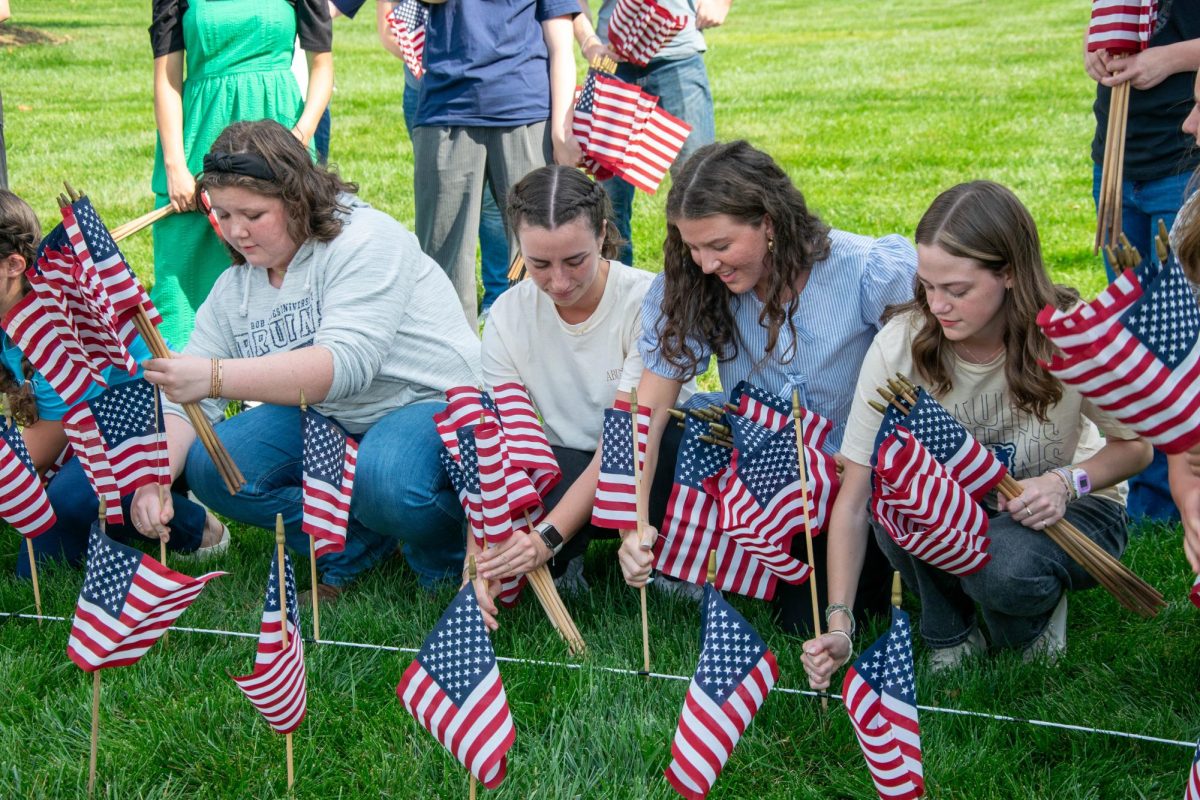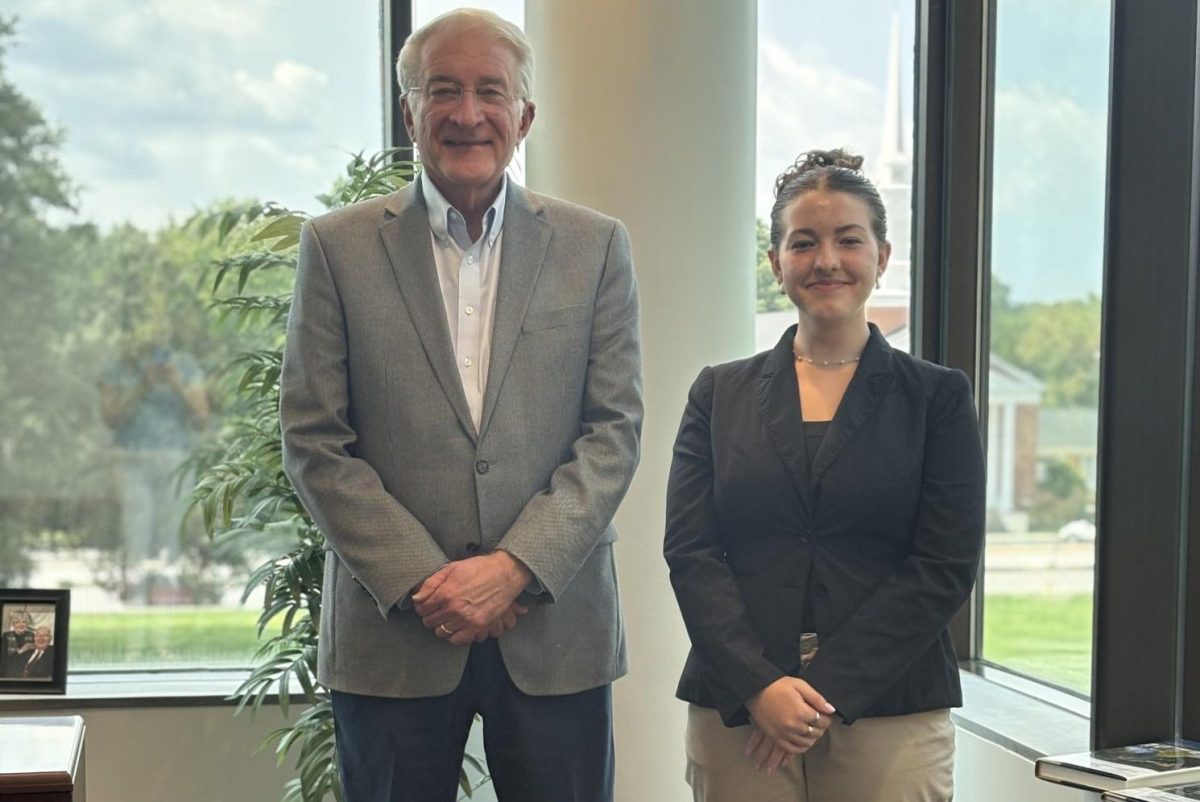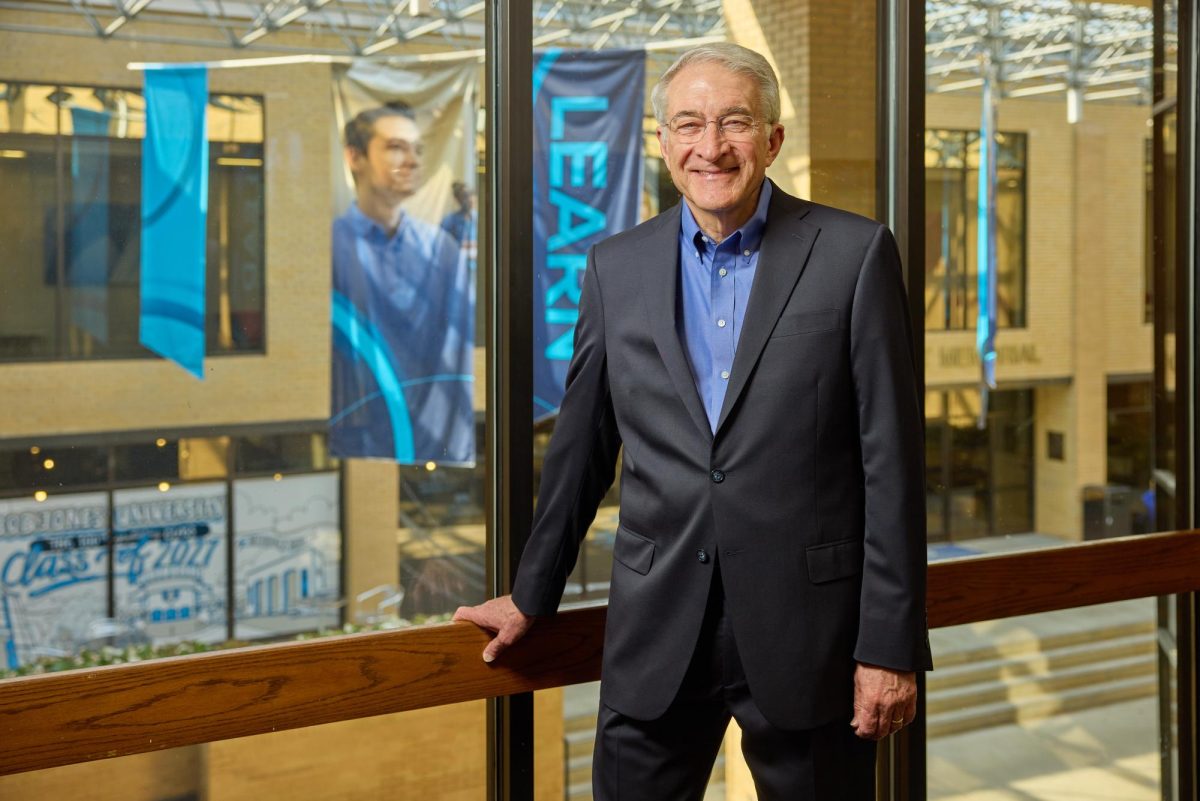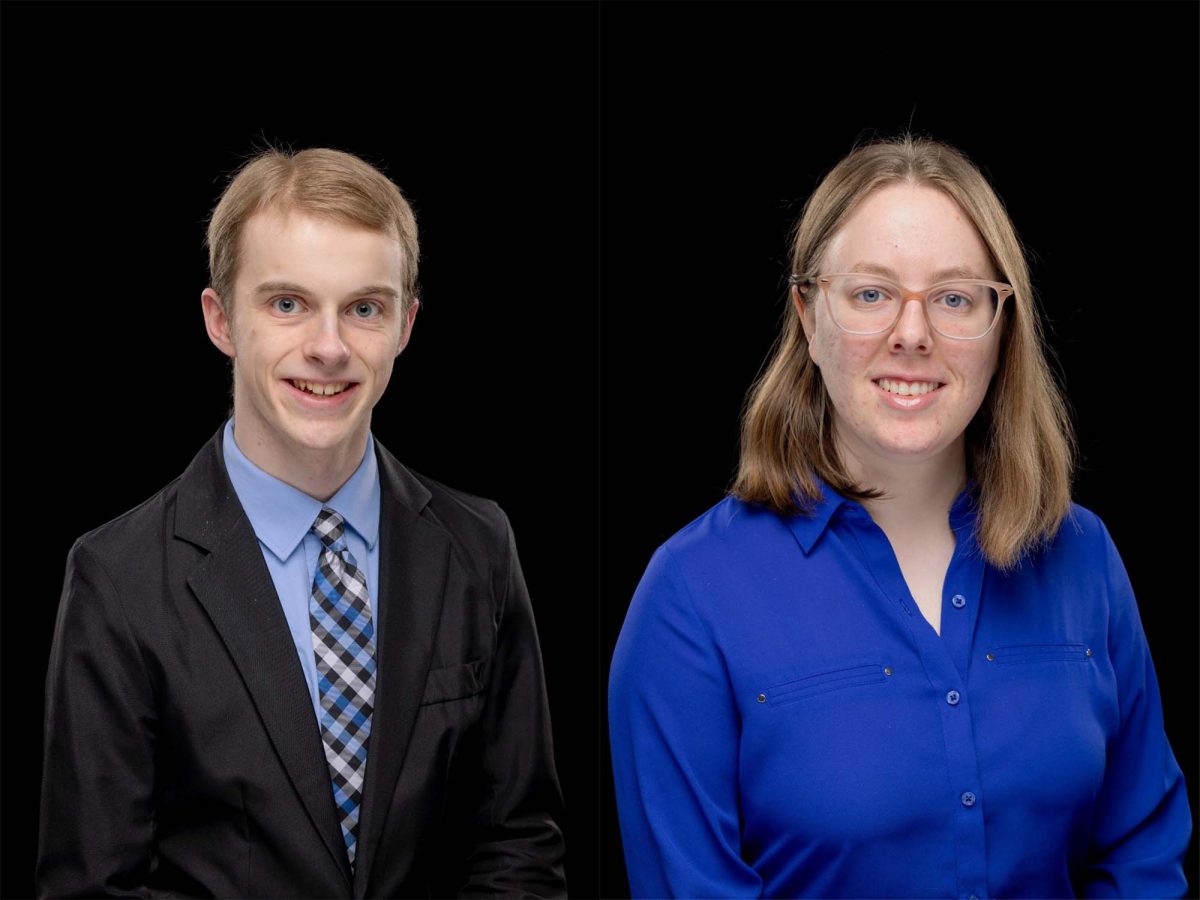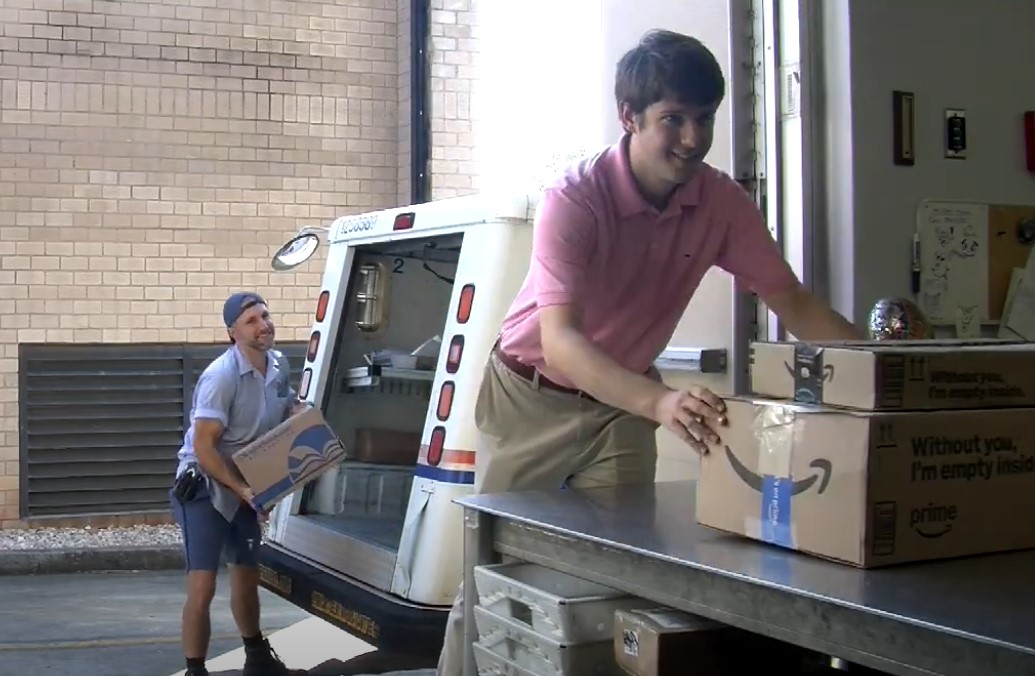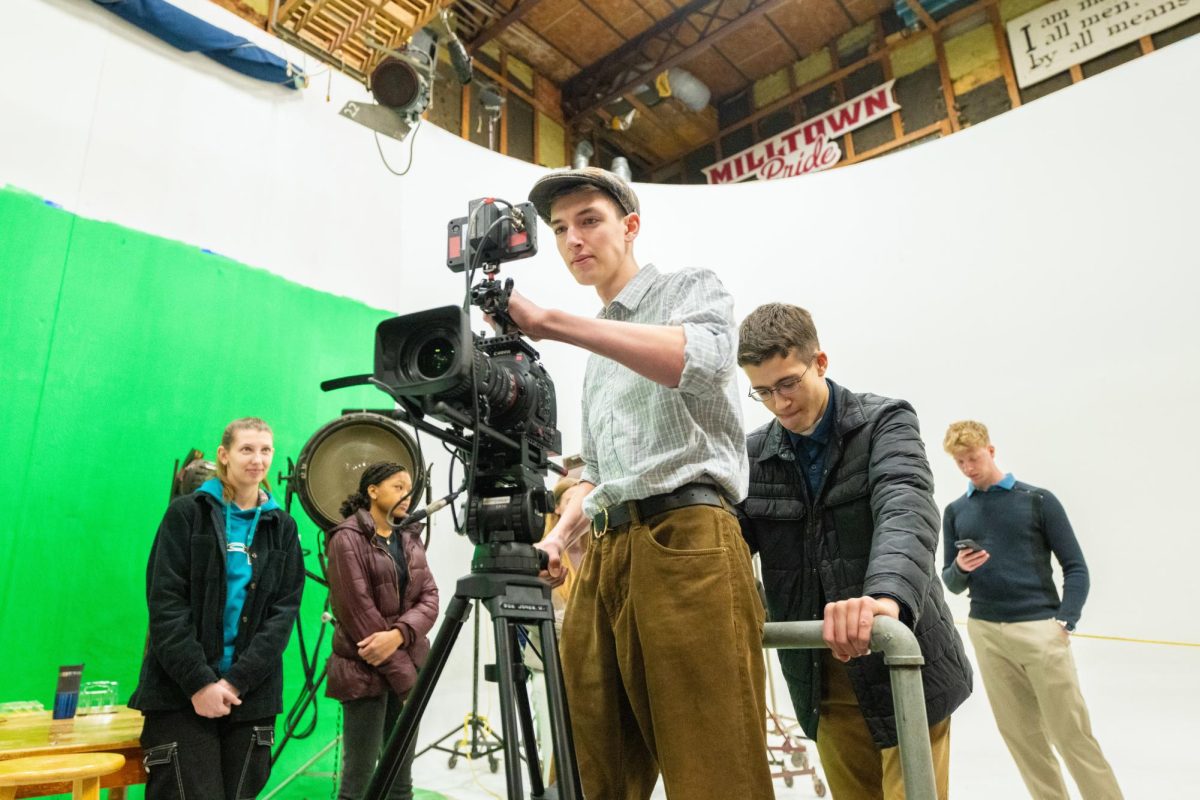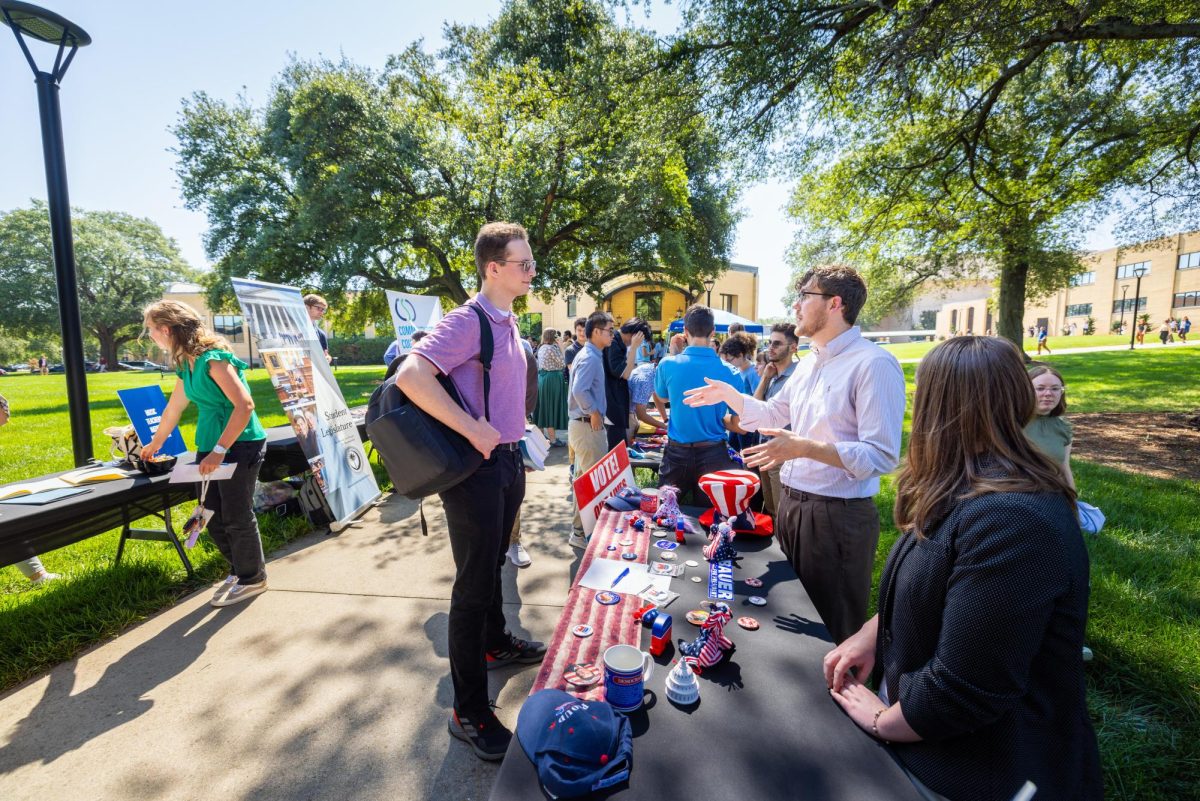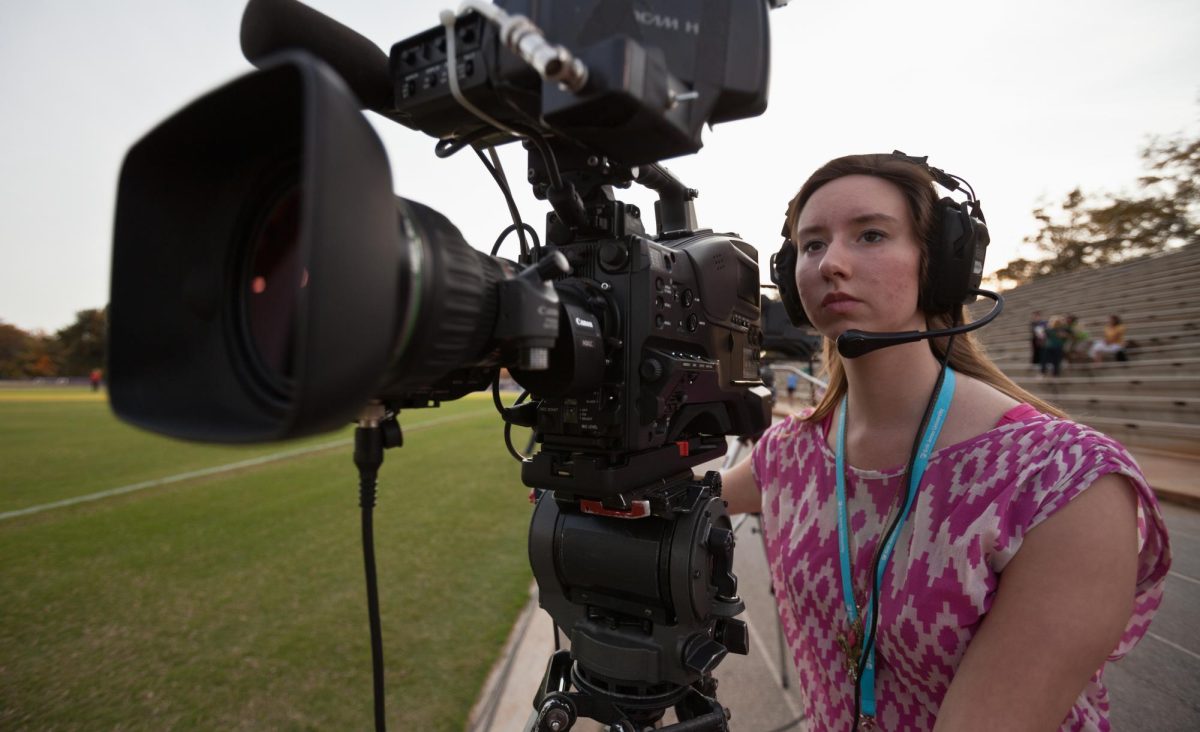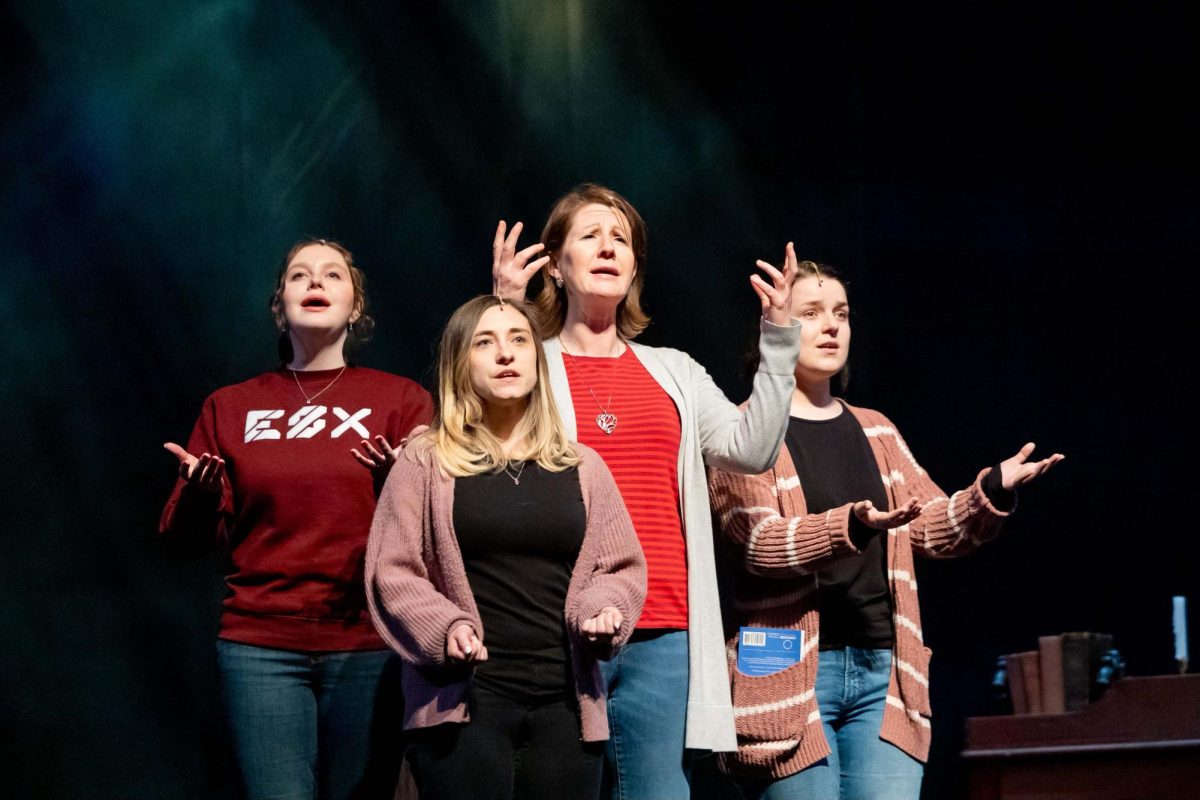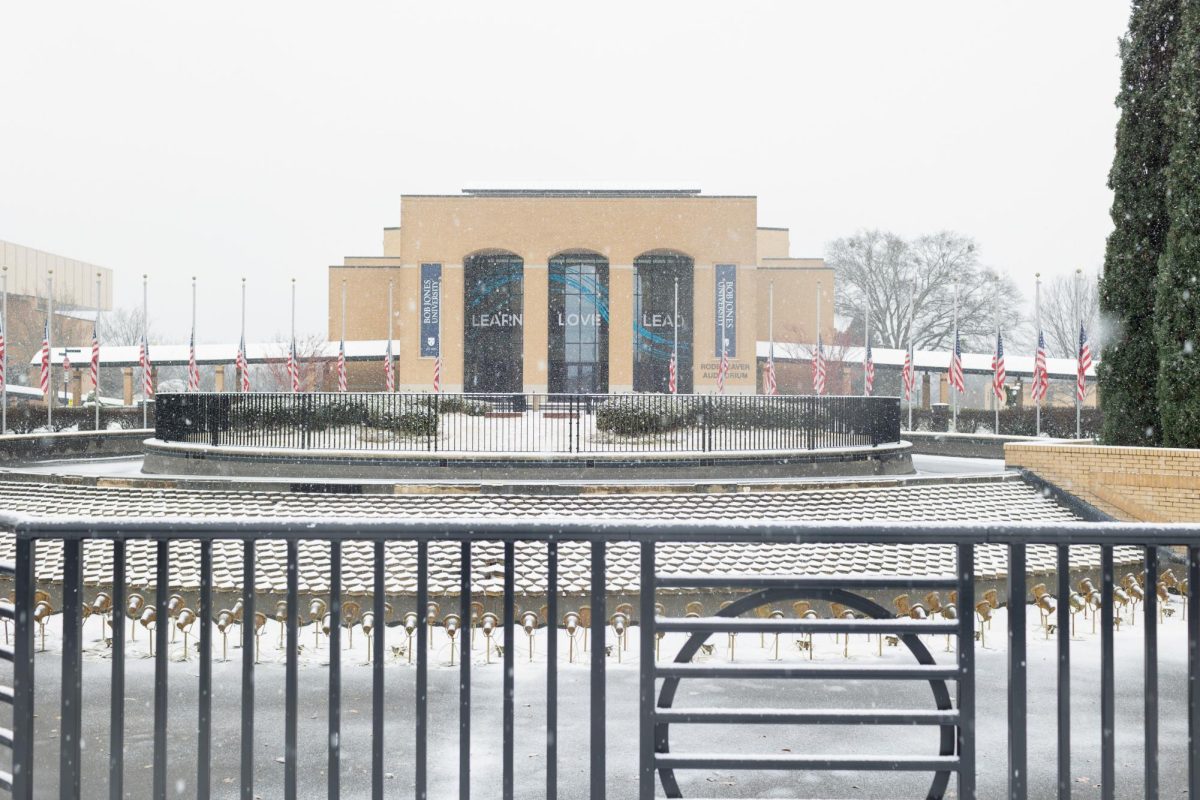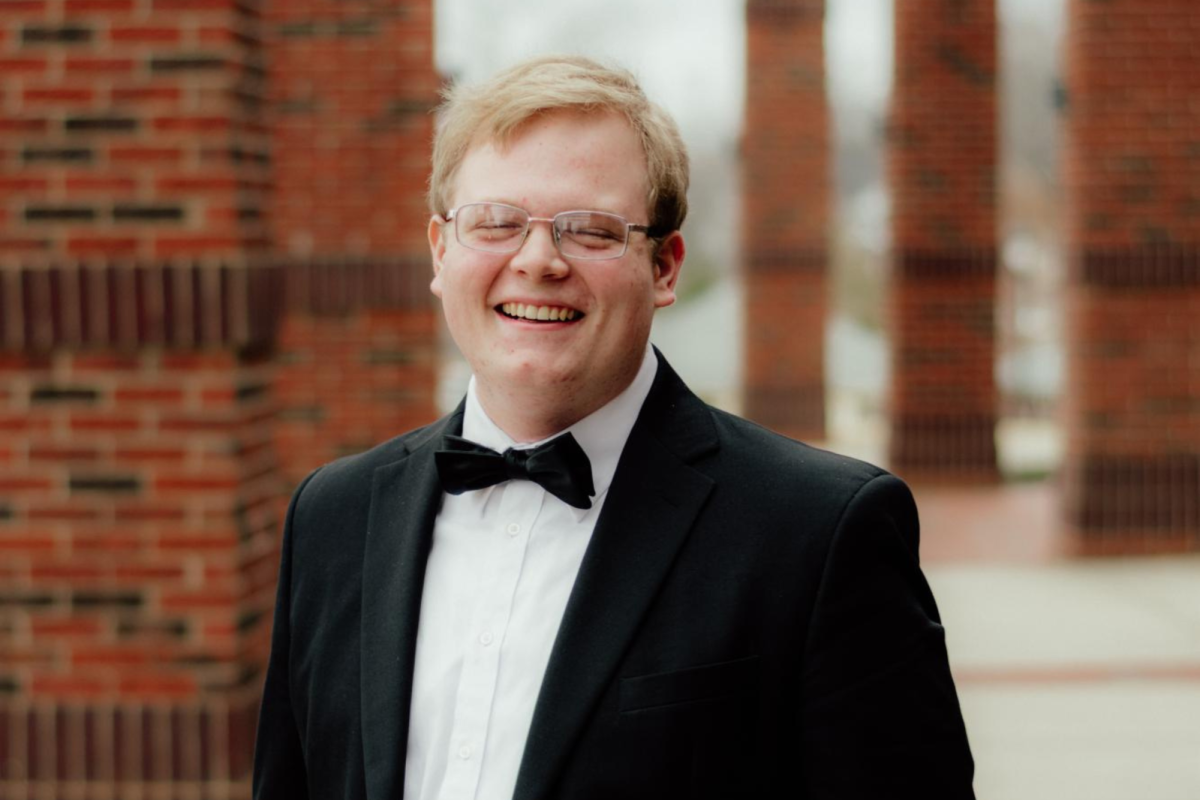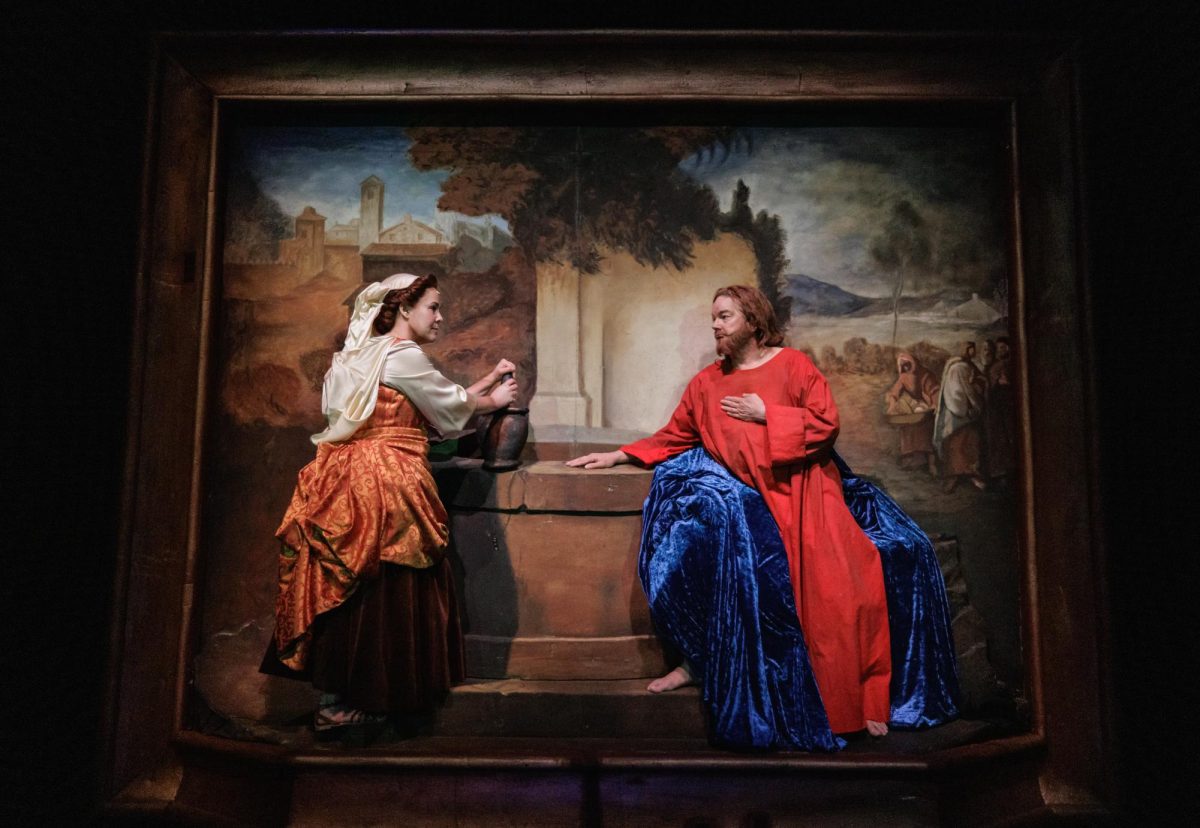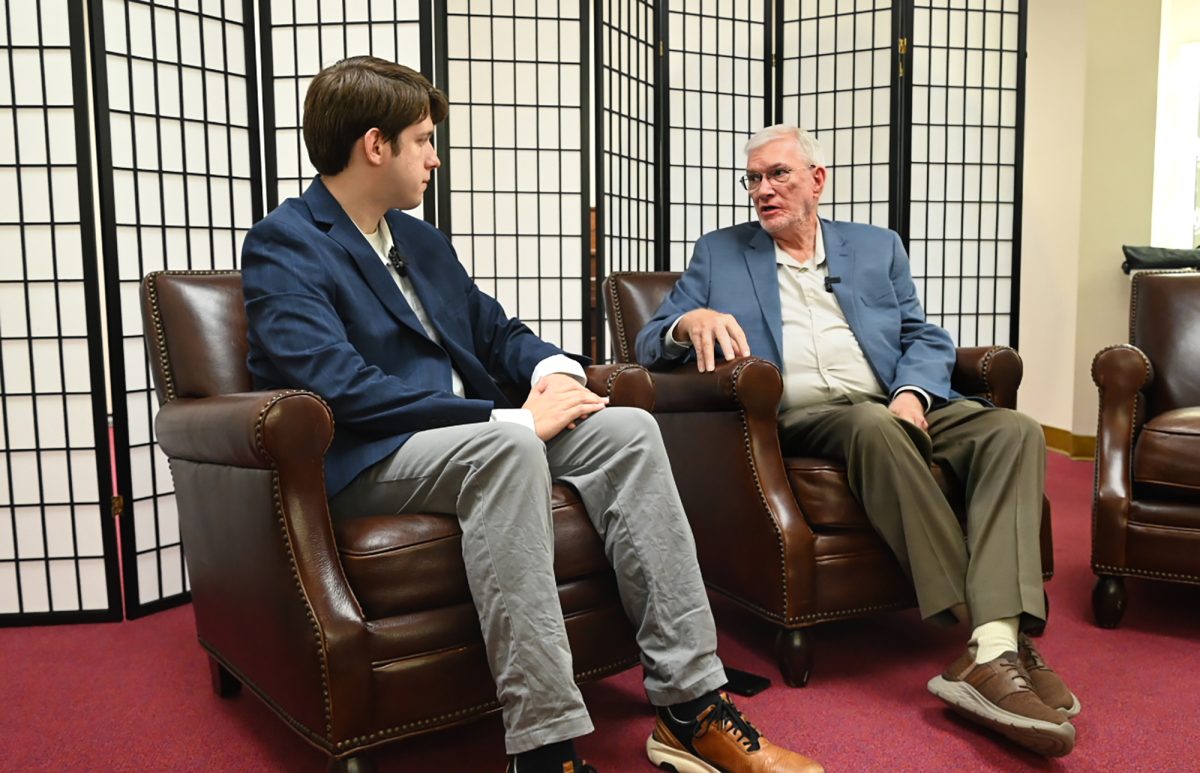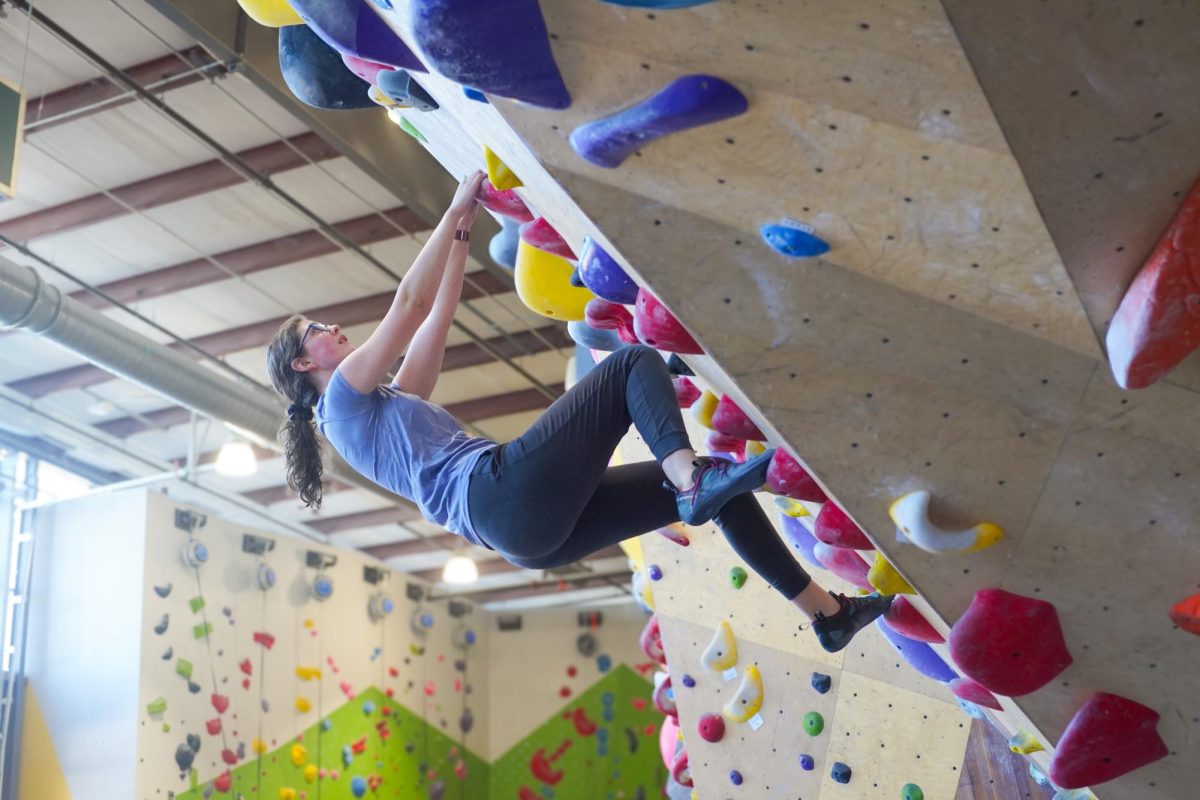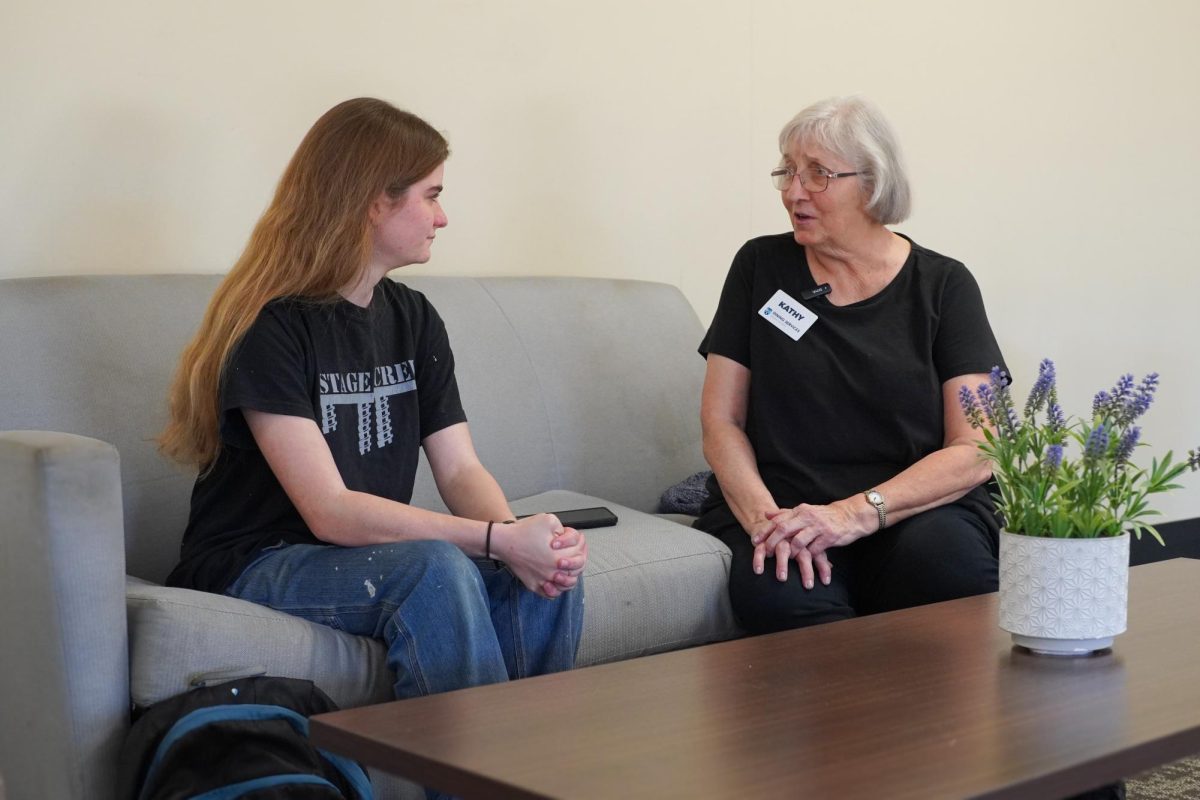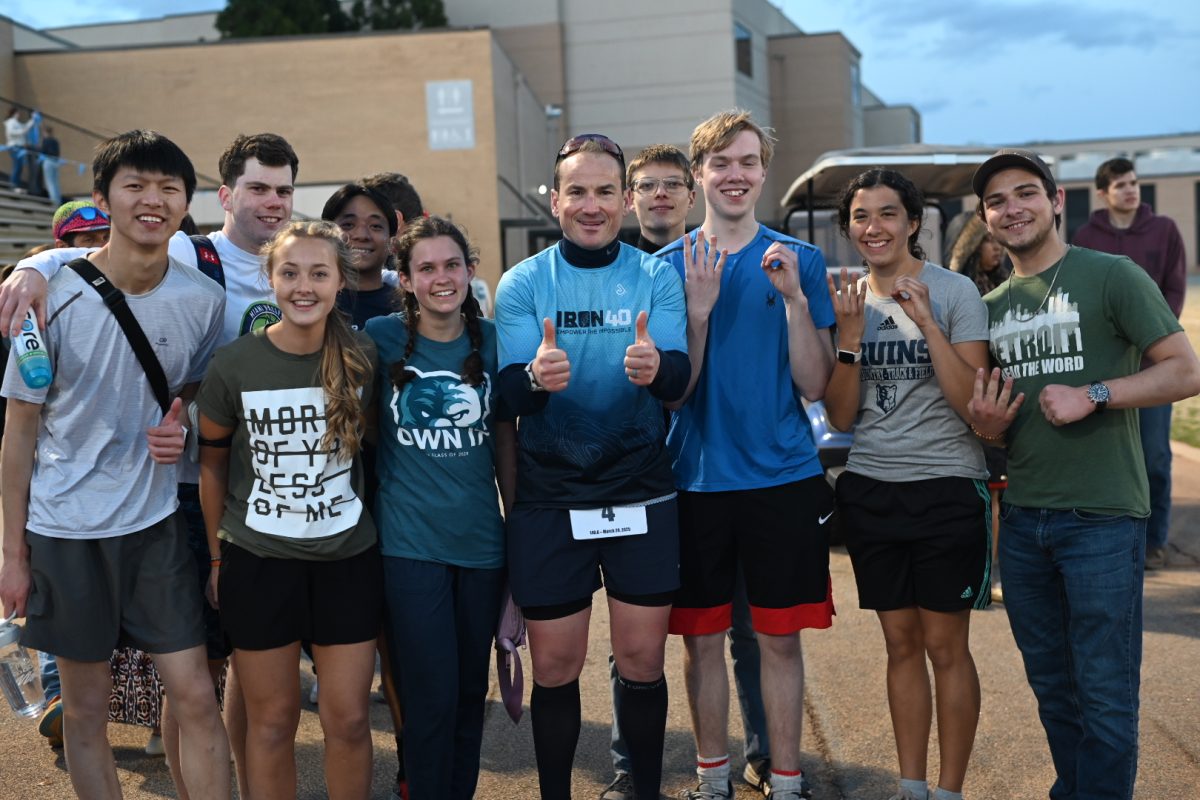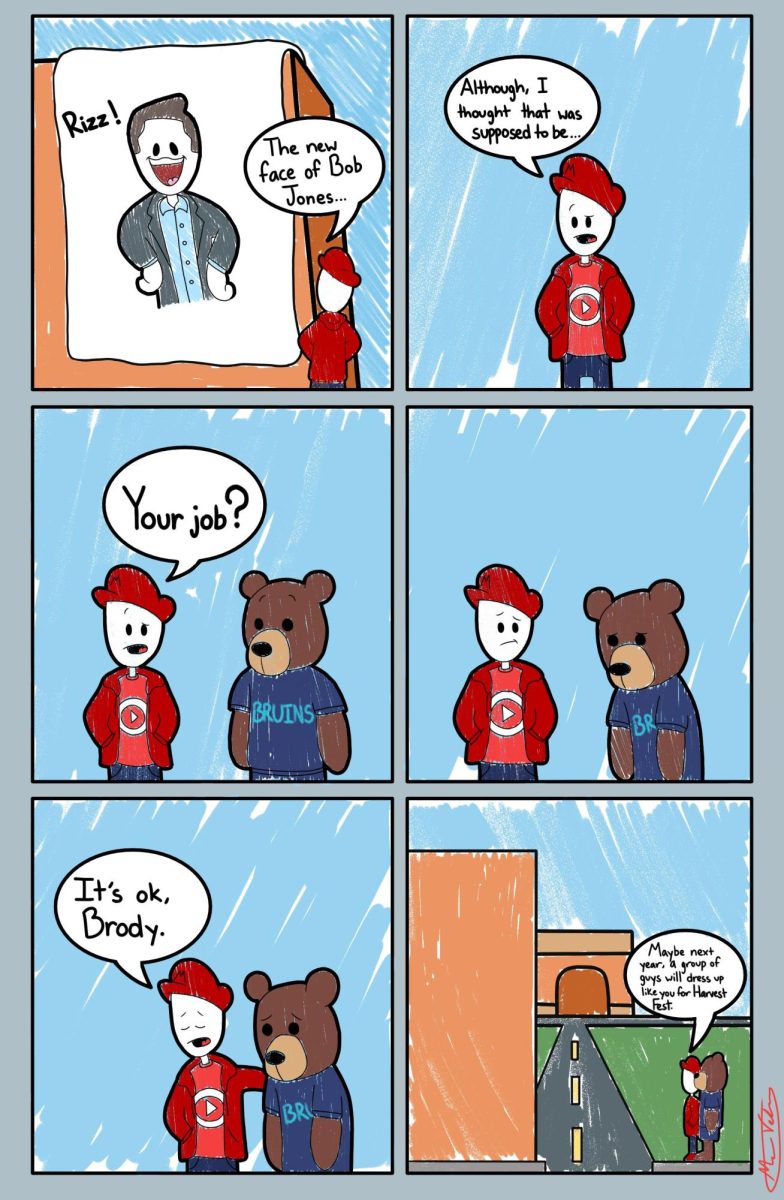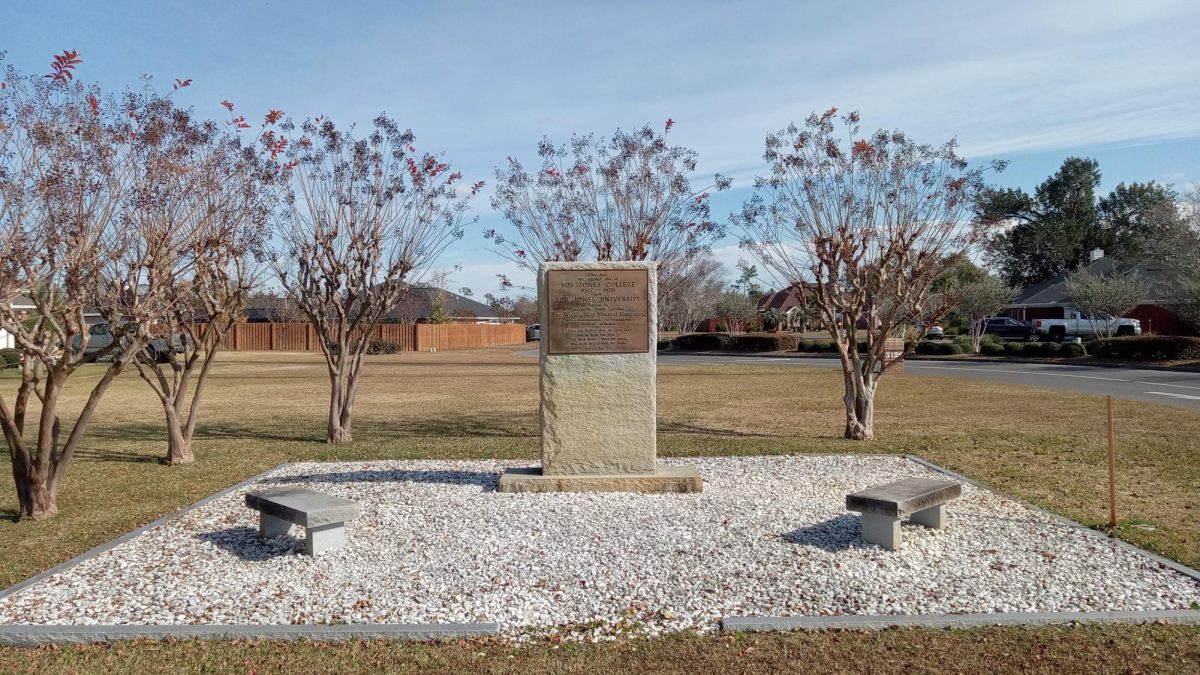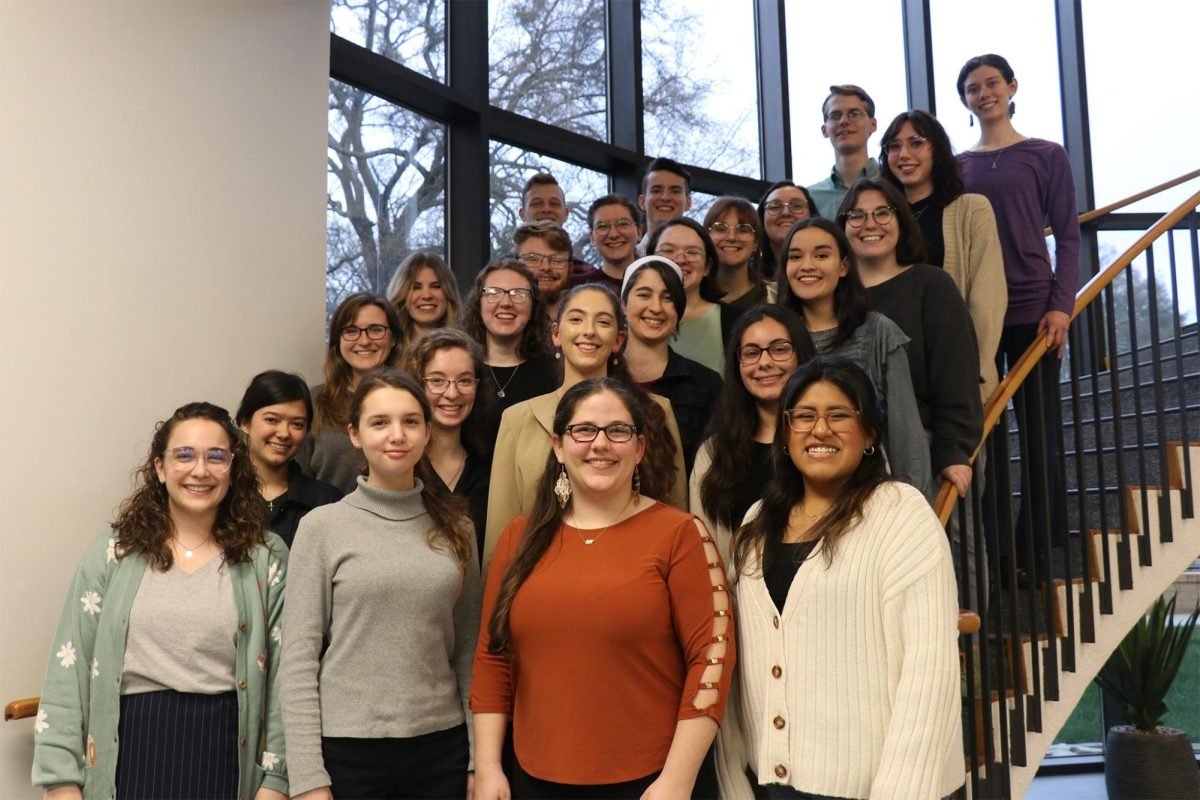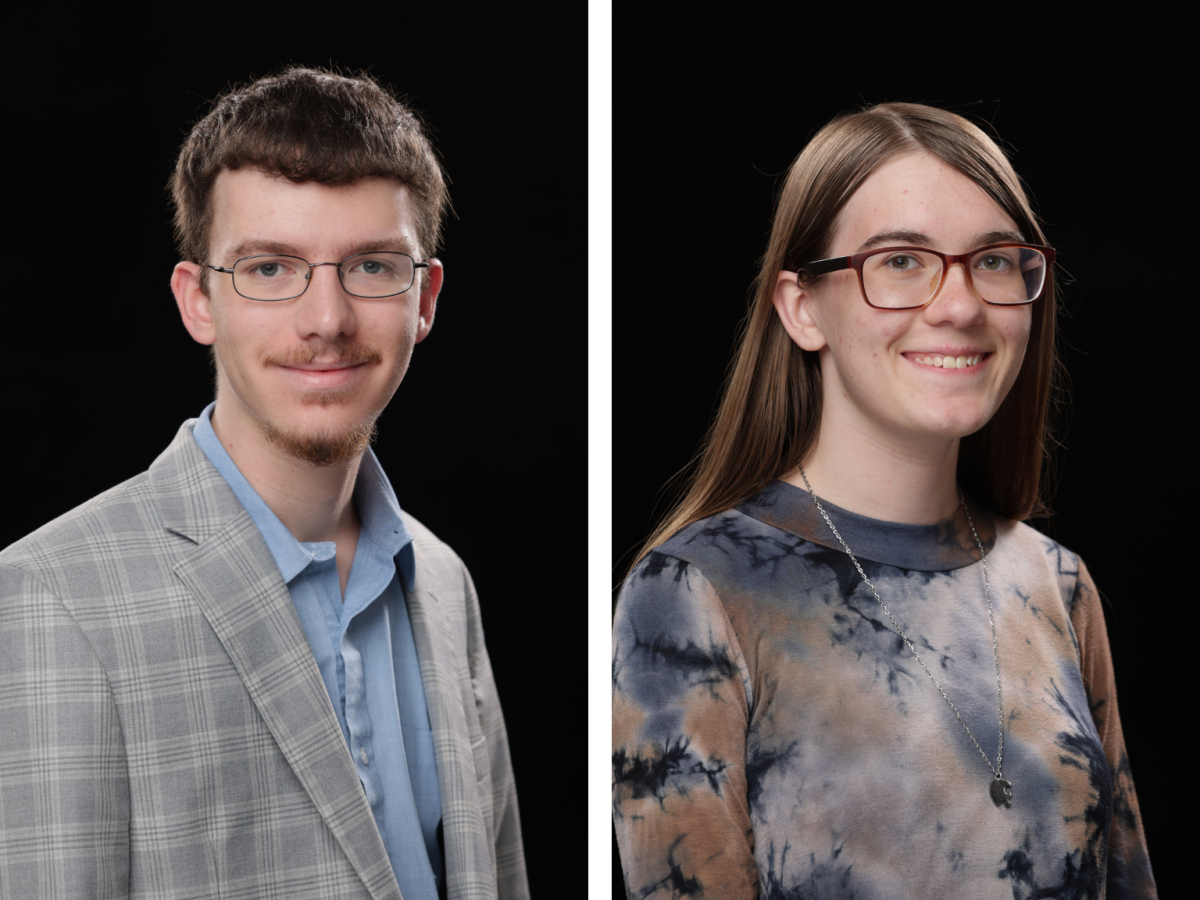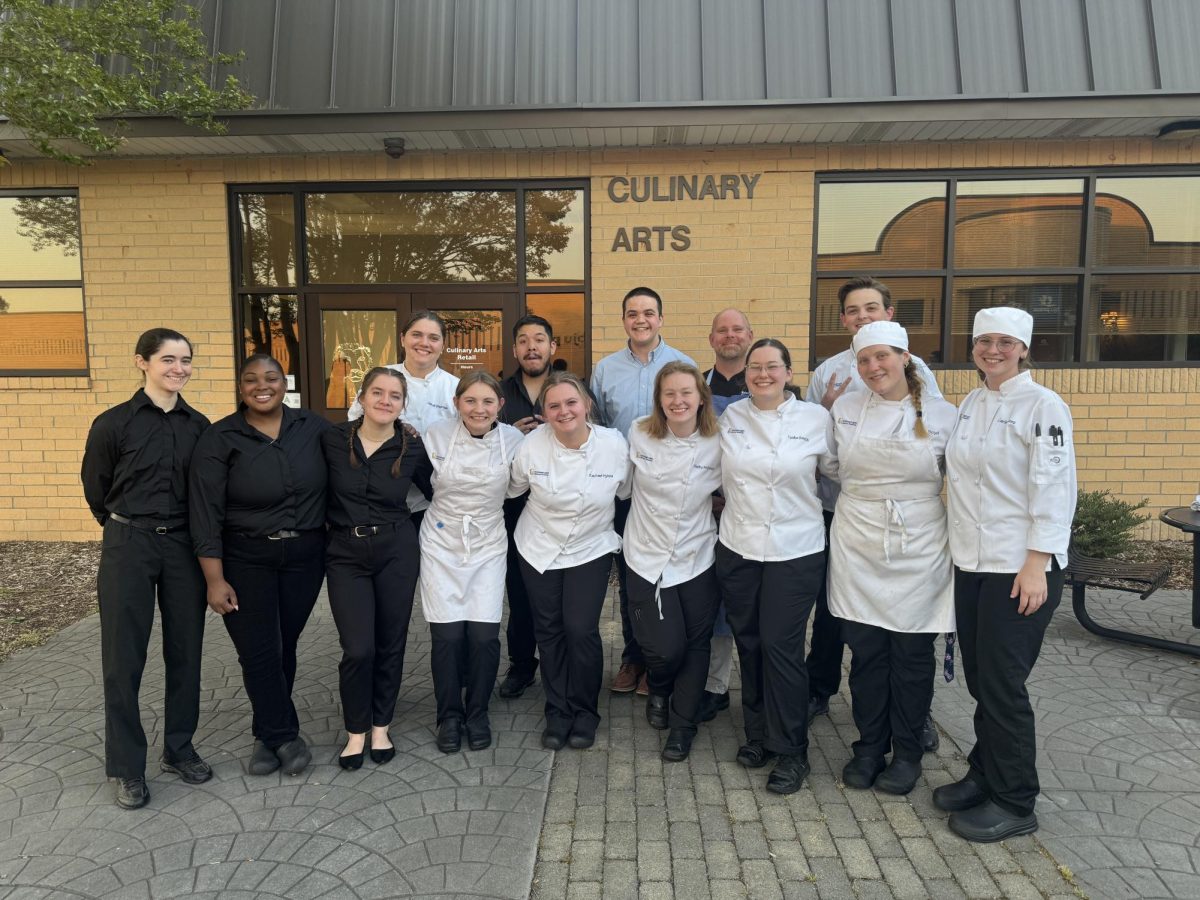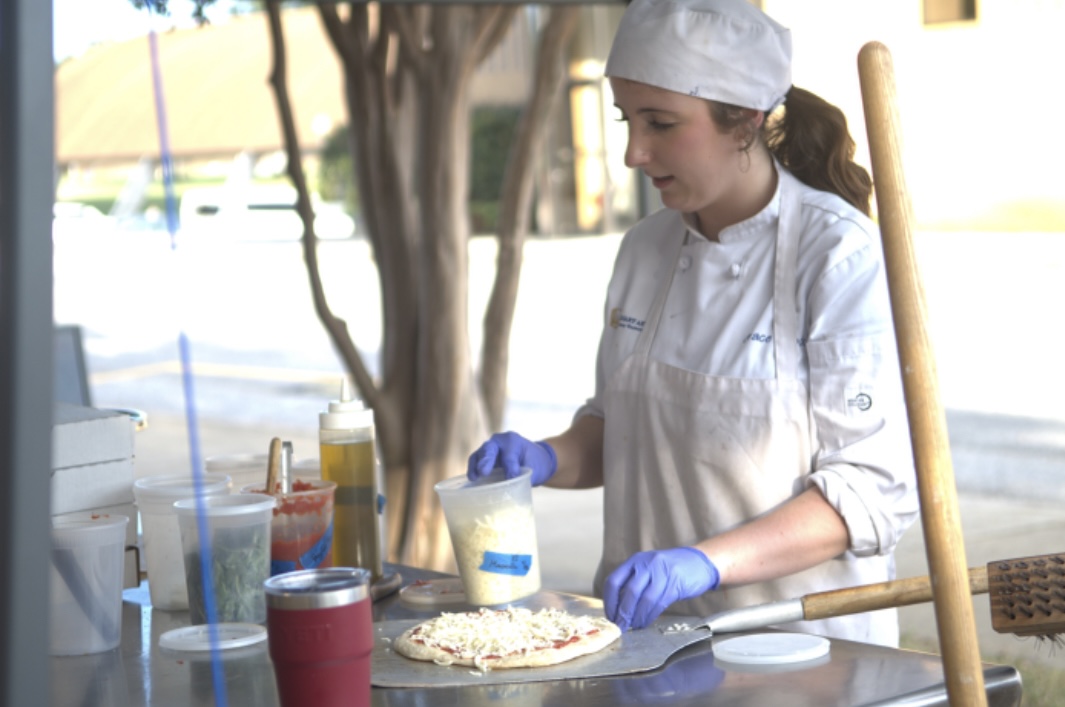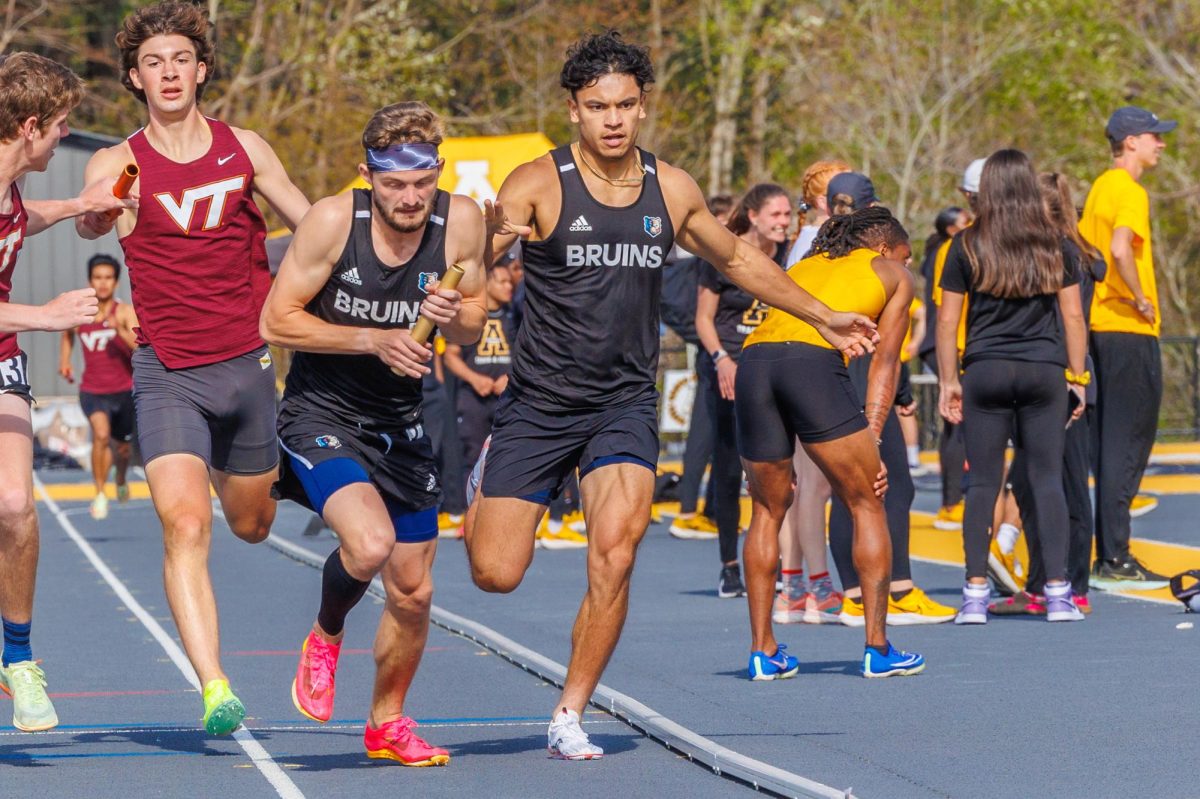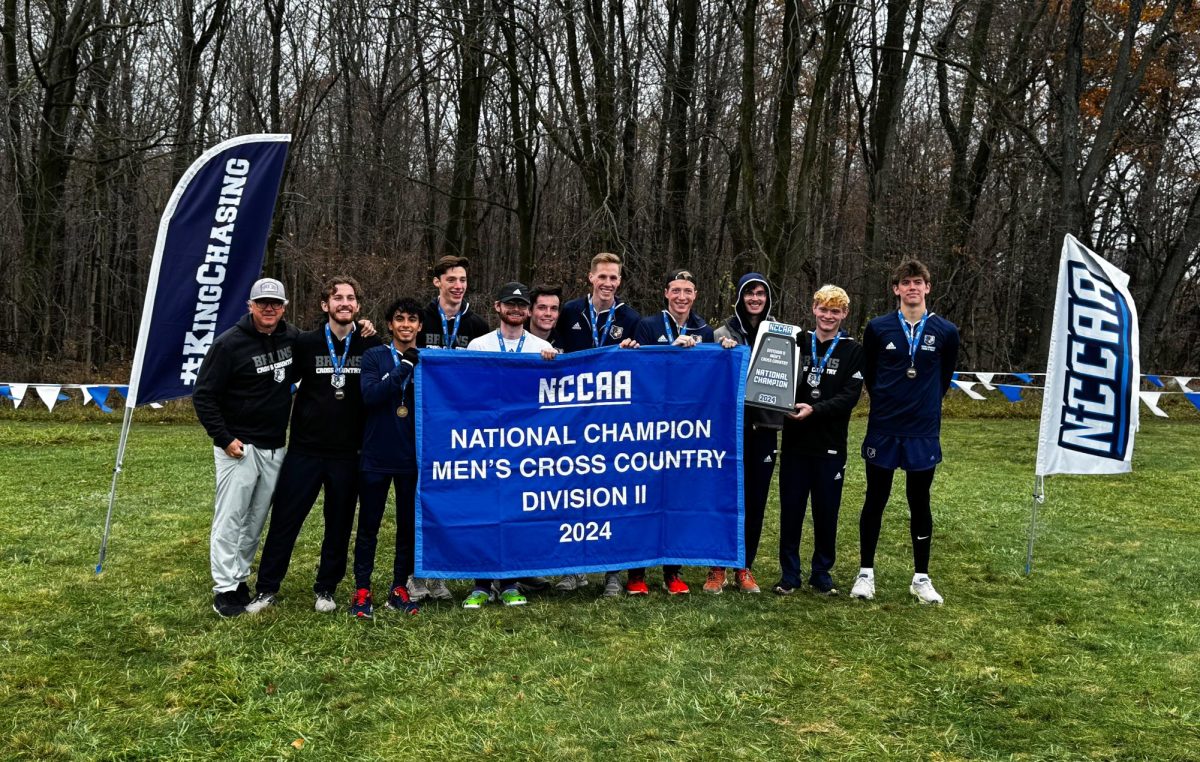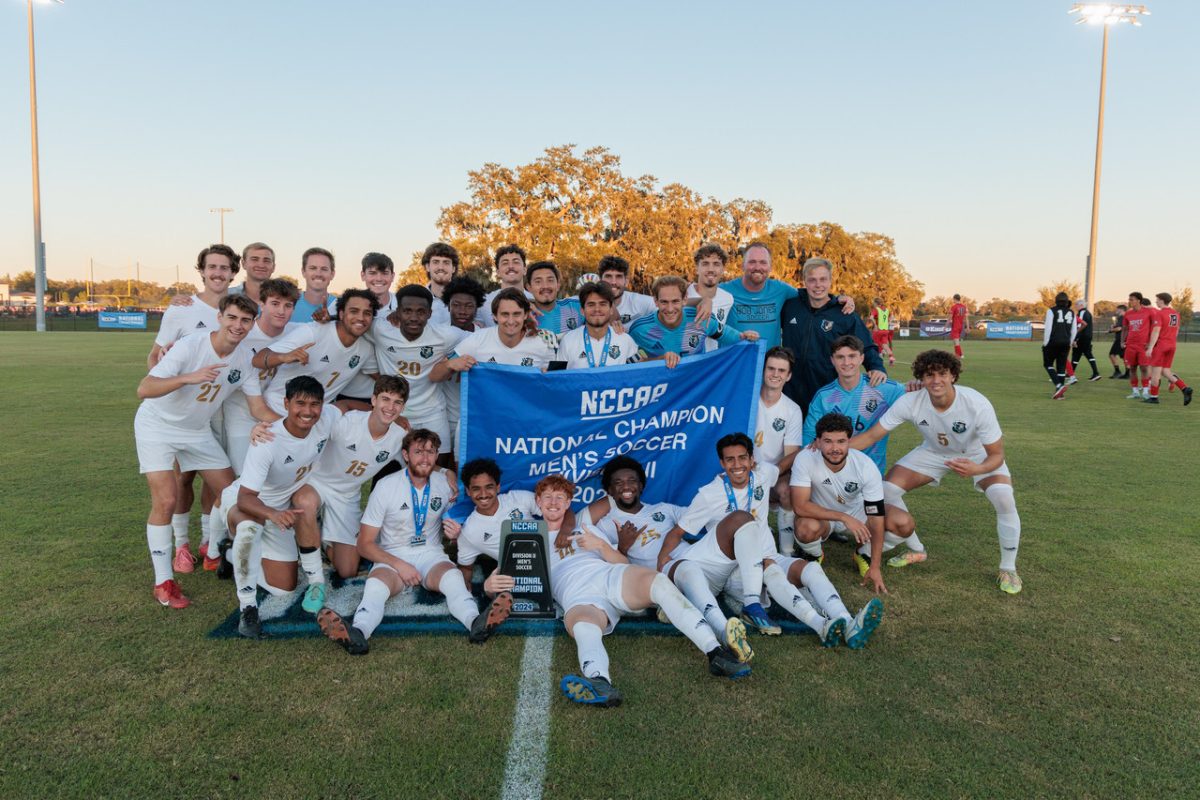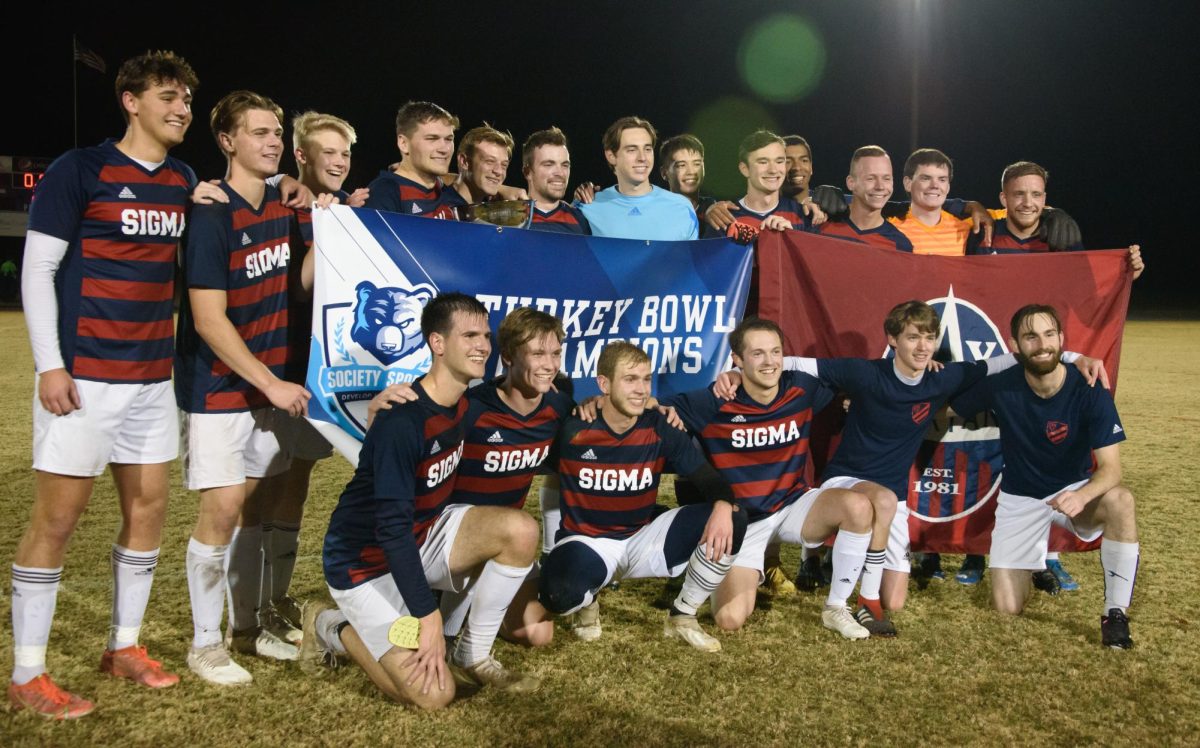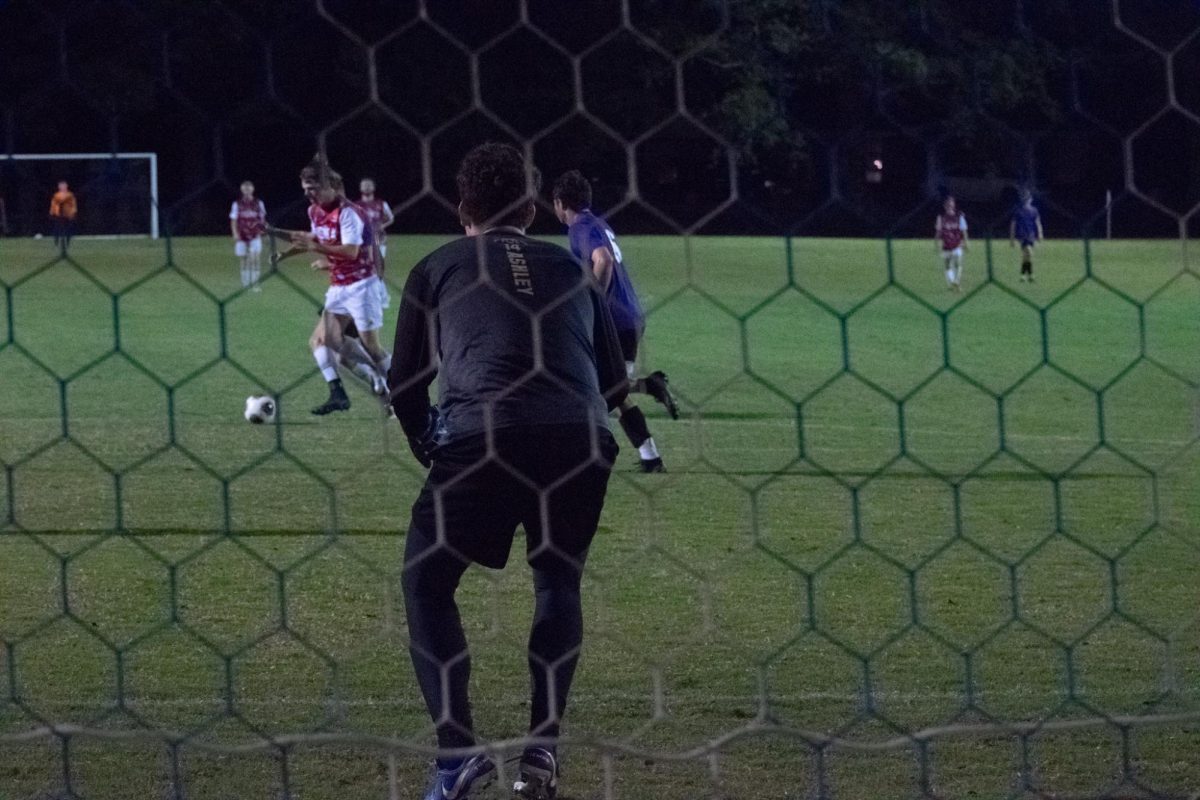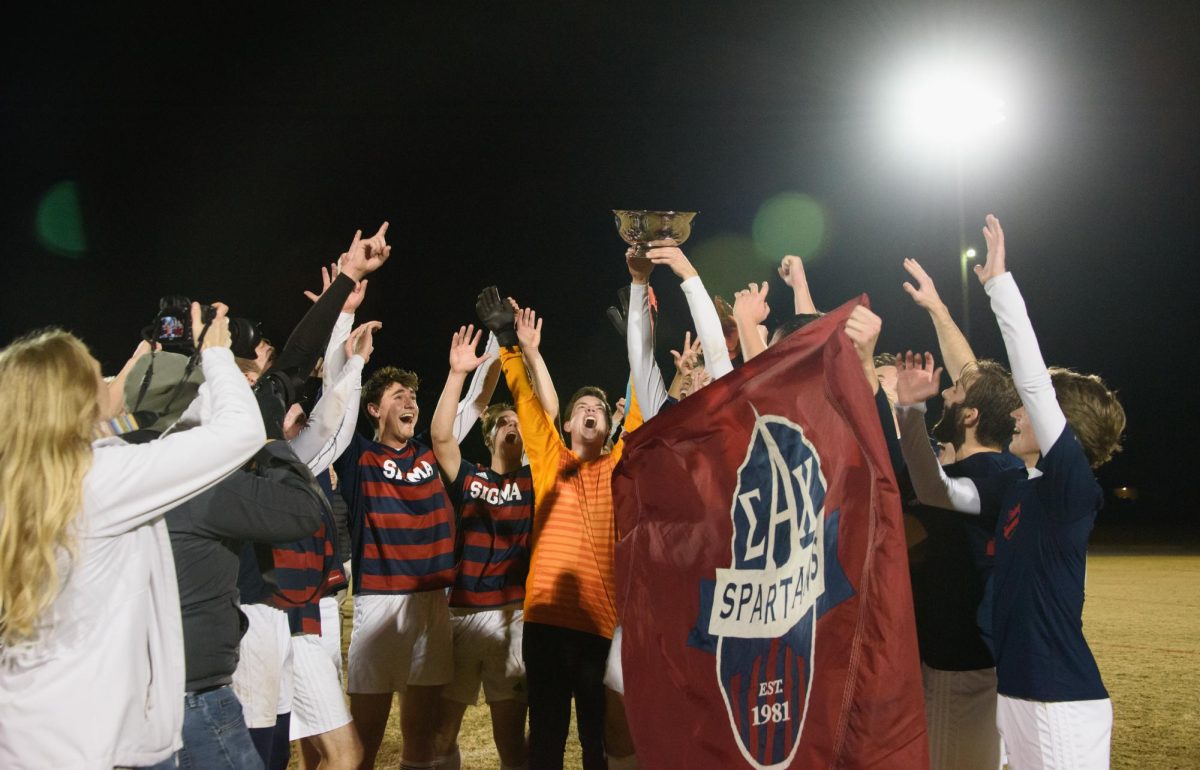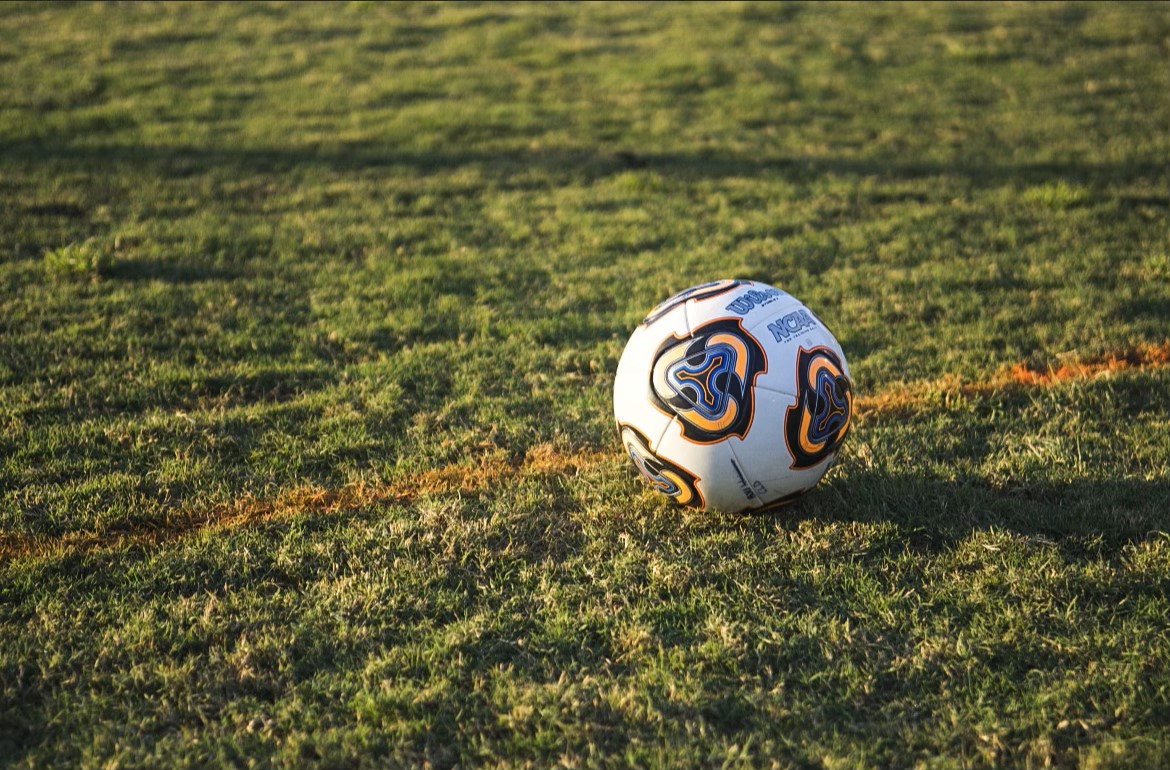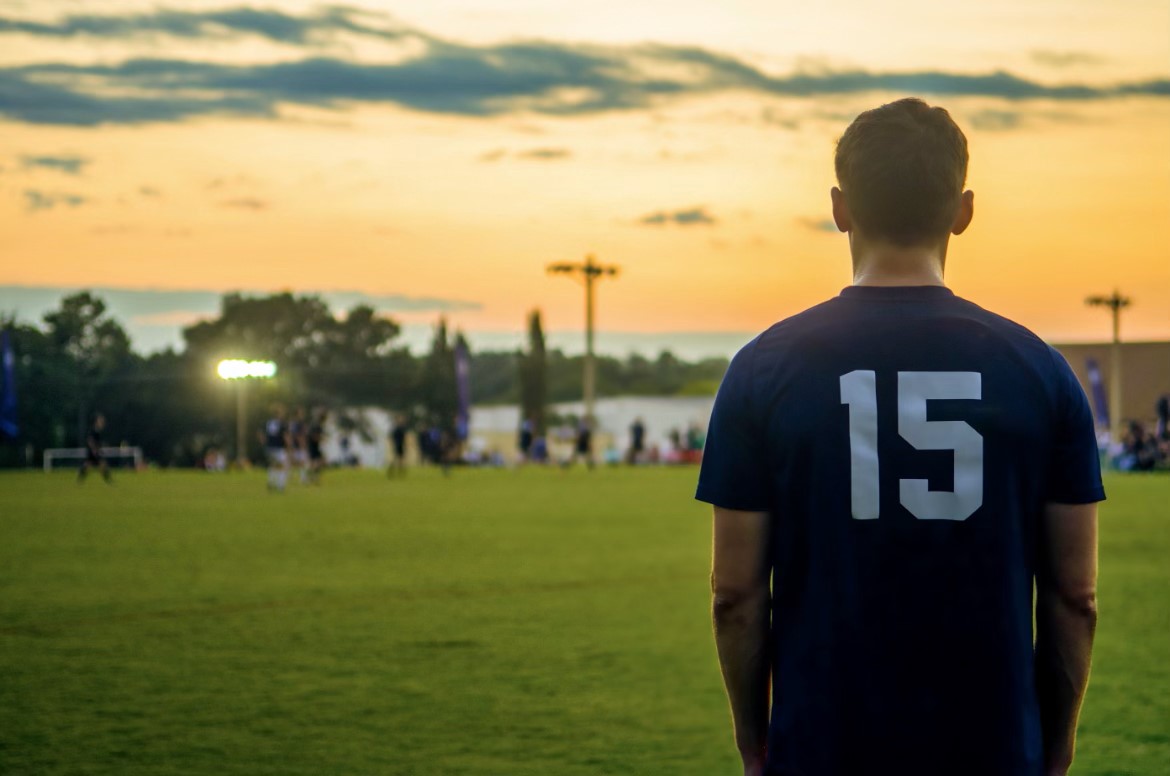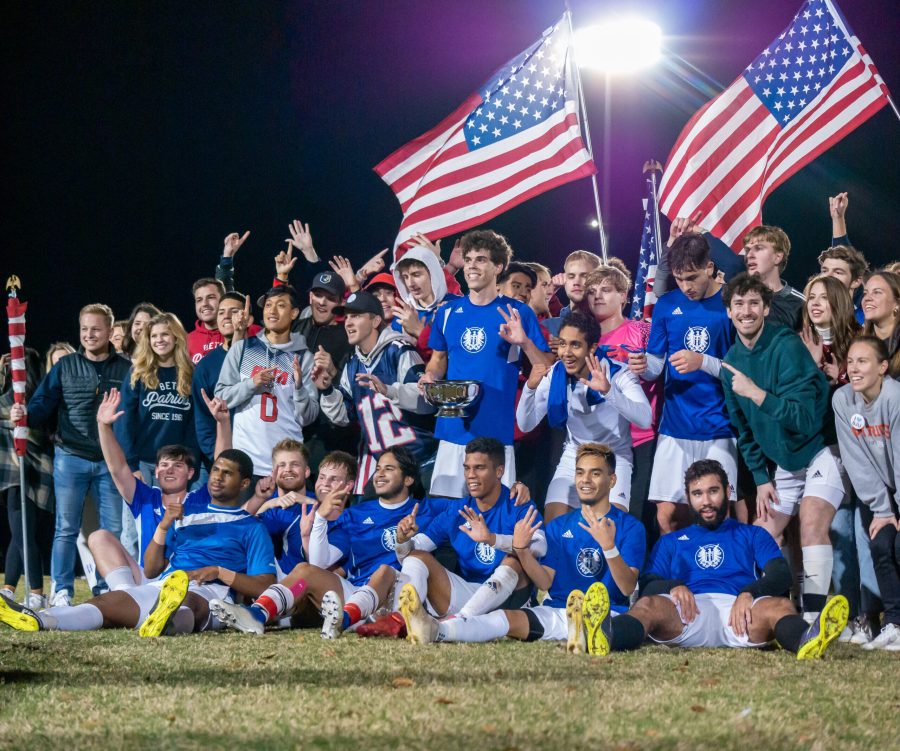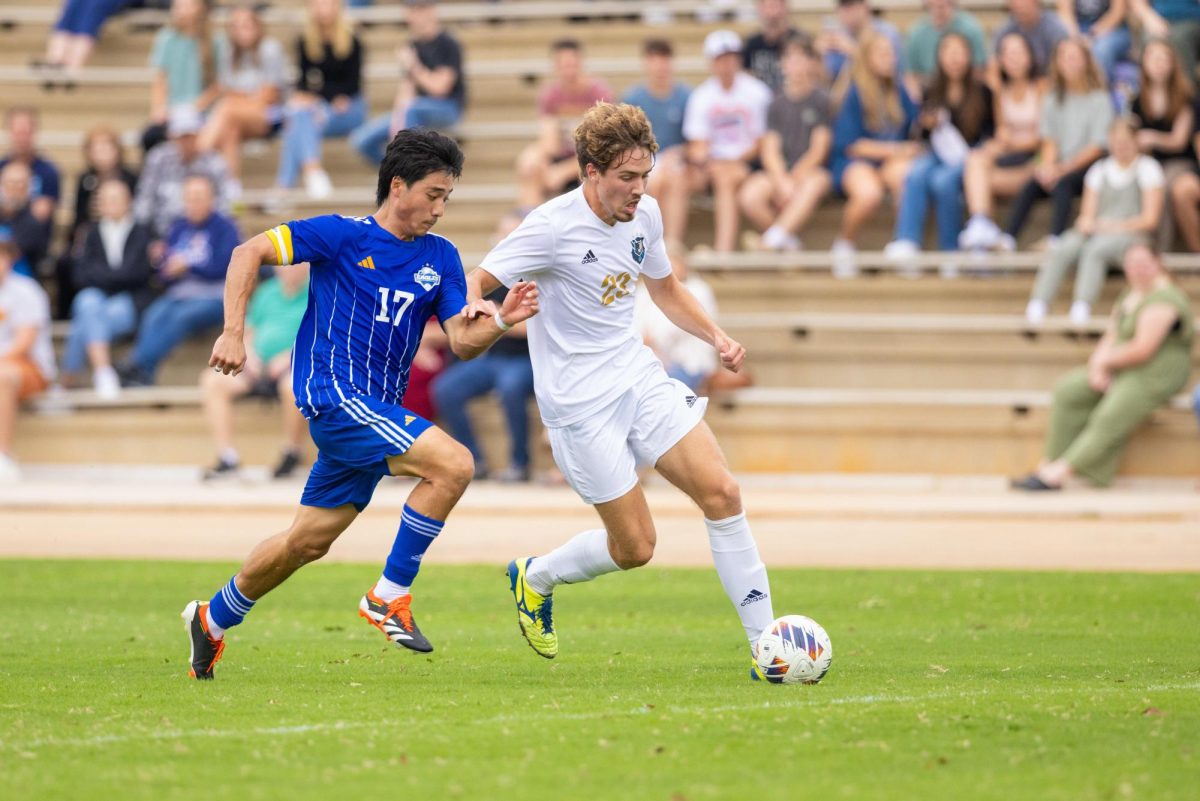BJU has implemented several new technological updates for this fall semester to be ready to accommodate any needs for students and faculty in isolation due to COVID-19.
Matt Gardenghi, the director of academic technologies and IT operations, was part of a task force this summer to prepare for the best academic experience for faculty and students under the current circumstances. “Our goal, predominantly, was how do we teach in residence while enabling students who may be isolated to participate and potentially record for those who are too sick to participate,” Gardenghi said.
The task force chose Microsoft Teams, a resource that BJU already possessed, to accomplish these goals. Teams allows professors to simultaneously stream and record their lecture while teaching from the classroom. Teams also provides a practical option for teaching and communication among faculty, staff and students. In addition to professors having virtual classrooms through Teams, they also can streamline meetings, questions and class updates through the platform.
To accommodate professors who are teaching from home for health reasons, “smart carts” were purchased to allow a teacher to be visible in the classroom and maintain interaction with students. Microsoft Teams runs on a TV so students can see the professor while a camera and microphone allow students to interact with the professor.
Students in isolation also needed a way to hear faculty members clearly as they move throughout the classroom and away from their laptop’s microphone while streaming classes.
“We asked the question, can we enable, on a budget, all of the students to be heard and still capture the faculty member?” Gardenghi said Gardenghi’s team purchased wireless microphones to capture, stream and record audio.
Physical distancing guidelines require students to spread out within classrooms, so classrooms often had to be reconfigured. In Alumni 217 Gardenghi and his team considered spreading students to the back of the classroom. However, this option meant that those in the back would be sitting next to the air conditioner which could make it difficult for students to hear the professor.
To provide optimal seating, the staff rotated the classroom setting 90 degrees. This shift allows for students to be closer to the professor while still spread out. Additionally, Gardenghi’s team installed a second projector for the wider classroom to keep students engaged.
With device usage being higher than ever, Gardenghi encourages students to turn their phones on airplane mode when they are not in use, especially at night.
“When everybody goes into their room, the device count goes up and bandwidth goes down because all the devices are chattering at the same time,” Gardenghi said. He encourages students to be conscientious about their device usage to make things more effective for everyone.

